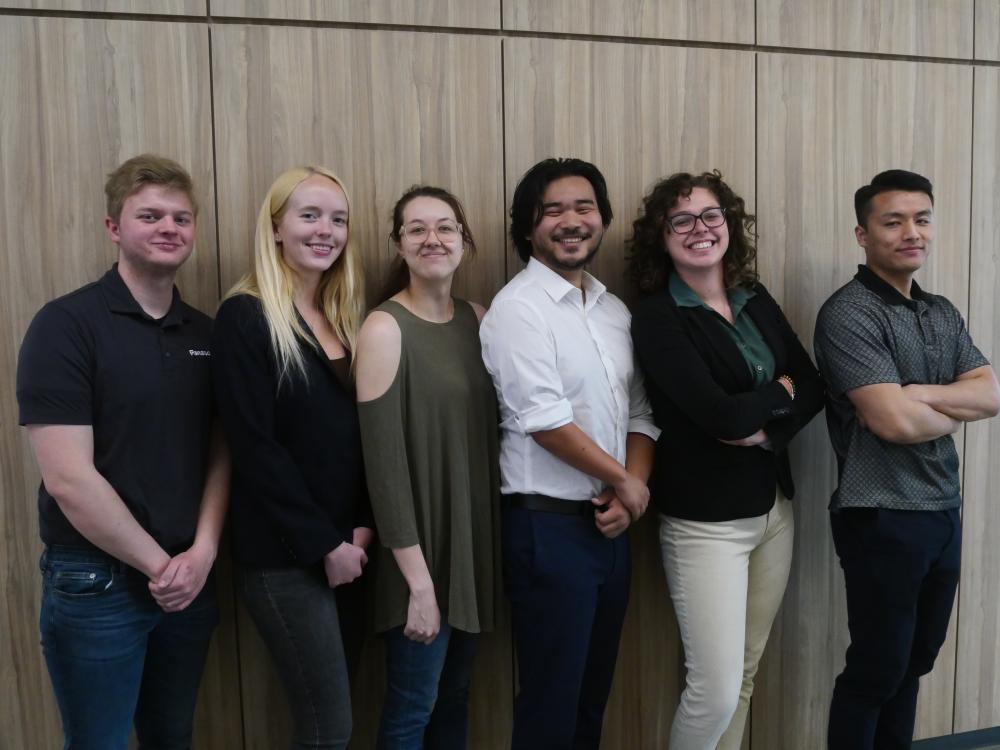The mini-scope was first developed by William Liberti, who originally designed the mini-scope to study zebra finch mating songs. Currently, scientists are looking to expand upon the applications in which mini-scopes can be used. In collaboration with The Salk Institute, Team 13 aimed to further improve the Integrated Sensor Module (ISM) for the institute’s mini microscopes. This will be accomplished by benchmarking a known heat sink design, modeling, optimizing, and integrating the current heat sink design, and benchmarking the ISM as a whole. Team 13 was able to acquire a heat sink from Alpha Novatech to benchmark Salk Institute’s V3 heat sink for the ISM. The team is currently computationally testing the benchmark heat sink using ANSYS suite to analyze and compare the performance through heat dissipation calculation. An experimental testing environment imitating that of the Salk experiments with freely moving mice. After successfully correlating the two tests with the correct parameters, the team will test Salk Institute’s V3 heat sinks. This information will be used to improve upon the current design to create a more efficient heat sink design. Our group is aiming towards improvements that will include enhancing the resolution, frame rate, sensitivity, and dynamic range of the ISMs. This will be done using current complementary metal oxide semiconductor (CMOS) sensor technology. The ISM and CMOS sensor in The Salk Institute’s wearable microscopes works together across a wide wavelength range to allow for improved high-resolution imaging. This will further allow the Nimmerjahn lab and future users of their product to gain a more complete understanding of how cellular activity is affected by different injury and disease conditions. This information will then allow for the creation of new or improved treatment plans. Team 13 will be working to benchmark and integrate the system into a fully functional product. Using the software DevWareX, the image sensor’s properties will be tested before moving forward with the micro heat sink. The team will then test the PCB with the final micro-heat sink attached.
Semester of Project:
Team Photo:


